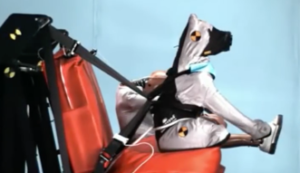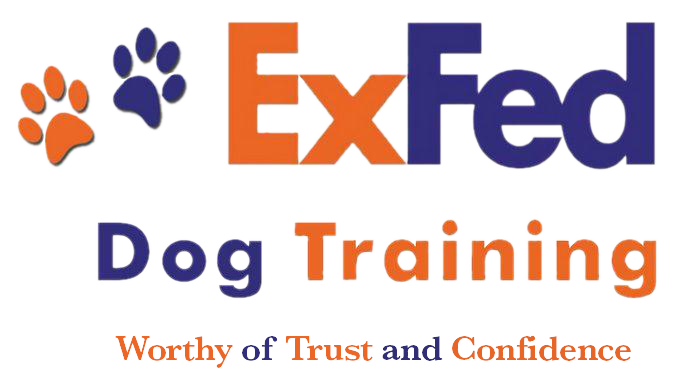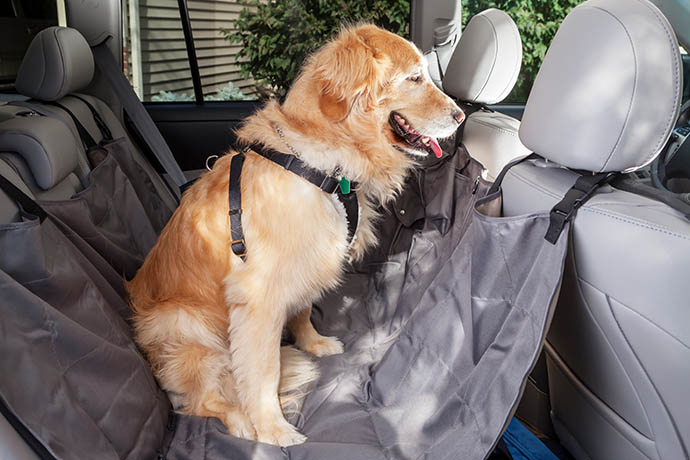I was traveling to the Town of Brewster, Dog Park Development Committee meeting last night and a car rounded the corner and a dog fell out of the rear window. After putting my hazards on, I jumped out of my truck, leash and treats in hand to check on the dog, which was very dirty, limping and in a dazed state. Thankfully, I was able to stop oncoming traffic and people behind the “dog car” also stopped and the Labradoodle was not seriously injured and was safely reunited with its owner.
Safety Reminder:
With the nice weather arriving here on Cape Cod, it serves as a reminder to ensure that our dog is properly protected. Even allowing your dog to stick its head out of a partially open car window can expose your dog’s eyes to dust, debris and rocks. I ride a Harley Davidson Road King motorcycle and even with appropriate goggles, I have gotten debris in my eye and it is not fun! I know it looks cute when dog’s ears flap in the wind, like they are flying, but even dog’s ears are susceptible to trauma from the wind. God forbid, your dog jumps out or falls out like the Labradoodle, they can sustain serious blunt force trauma injuries from exiting a moving vehicle. Even if your dog does not suffer injuries in the fall, it will be at risk of becoming lost or suffering one of the sad fates (such as being struck by a car) that can befall unaccompanied wandering dogs. Broken bones are very common among dogs that fall from height. Dogs may break legs, ribs, the pelvis, and even their spine. Trauma to the skin is common as well. Impact with the ground may cause significant abrasions, and depending upon the landing some dogs suffer serious lacerations and even degloving injuries, in which the skin is sheared from the body.
Statistics Don’t Lie
We use seatbelts for our children and ourselves because it’s the law, but some neglect to consider the dog. According to a survey by the American Automobile Association (AAA), over 80% of dog owner’s drive with their pets in the car. Sixty-eight percent of U.S. households, or about 85 million families, own a pet according to the 2017-2018 National Pet Owners Survey conducted by the American Pet Products Association. That’s an impressive number of people on the road with dogs in the car. According to AAA, only 16% of people who transport their dogs used proper restraint devices that are crash tested using Government automotive testing. In some states, this is actually the law. Any harness secured to your vehicle will help avoid driver distraction with dogs coming up into the front seat, but unfortunately, many harnesses on the market today are not “crash tested” and may not provide adequate protection in the event of an accident.
Don’t Let your Dog Become a Crash Test Dummy:

Crash Test Dummy for dogs!
According to floridadriver.com, “In a crash, occupants who neglected to wear their seat belts, as well as any unsecured objects, will be free to move ahead with considerable force into anything unfortunate enough to be in their path.” Unsecured dogs become dangerous projectiles in a rear end crash.
What you can do to protect your Dog
We look for crash safety information and certification whenever we purchase a car or a child car seat. We even may go to a local Police or Fire Department to have the child car seat installed by a certified professional. Why not for your dog? Containing your dog securely while traveling is just as important for the safety of everyone travelling in your vehicle. The safest place for your dog is in the 2nd row seating (back seat), but circumstances may dictate they be in the rear interior cargo area, but they must be restrained to prevent them or the crate from becoming a projectile and soaring through the air into the front seat.
Why you need a Crash Tested Dog Crates and Harness
A harness or crates that have been crash tested are always best and it can be extremely dangerous to travel with a harness or dog crate that does not meet crash safety standards.
Dog Crates:
Dog crates that are not crash tested and certified can burst apart, and your dog may be ejected or escape or be harmed by protruding shrapnel from the plastic or metal crate that has failed. Your dog may survive the crash but sustain injury after the crash or while loose on a roadway. A properly engineered crash tested crate, which is properly secured will maintain its integrity to keep your dog safely contained and avoid danger to human occupants in the vehicle.
Dog Safety Harness:
A crash certified harness will have thick padding, reinforced straps to protect your dog and will have thick metal buckles that will not fail during a crash.
How to Select a Crash Test Certified Pet Safety Product:
- Make sure the product is Crash Tested using Government Automotive Safety Standards
- If you select a crate, look for one with a safety escape hatch and crumple zone protection
- Check the manufacturers safety record
- Ask the manufacturer about their experience and history
- Request copies of manufacturer’s certifications
- Proper installation is extremely important and always use in the manner tested
- Do not hesitate to contact Customer Service and ask questions
Why it’s Important to restrain your Dog in the Car:
According to the National Highway Traffic Safety Administration (NHTSA) there were 5,687,000 crashes in 2013 with 1,591,000 injuries and 32,719 fatalities. Of that, there were an estimated 172,000 children injured in those traffic crashes. There is a good chance there were pets in these vehicles since 34.4 million American households drive with their pets. Over 80% of those pets were likely unrestrained, which means those pets were most likely injured, and at the very minimum, in shock.
- 84% of dog owners traveling with their dogs are not retraining them
- Only 16% of people who transport their dog use proper safety restraints
- 52% of dog owners reported have petted their dog while driving, but I suspect this figure is closer to 100%
- 17% of drivers allowed their dog to sit on their law while driving
- 13% of drivers admitted to giving food or treats to their dog while driving
- 4% of drivers acknowledged playing with their dog while driving
Traveling with your pet can be extremely enjoyable, but ExFed Dog Training desperately wants you to be educated and travel safely and responsibly with your dog. It’s not just about the safety of your dog, but the safety of all human occupants as well. You owe it to yourself, your passengers and your beloved dog to make everyone’s trip as safe as possible.

